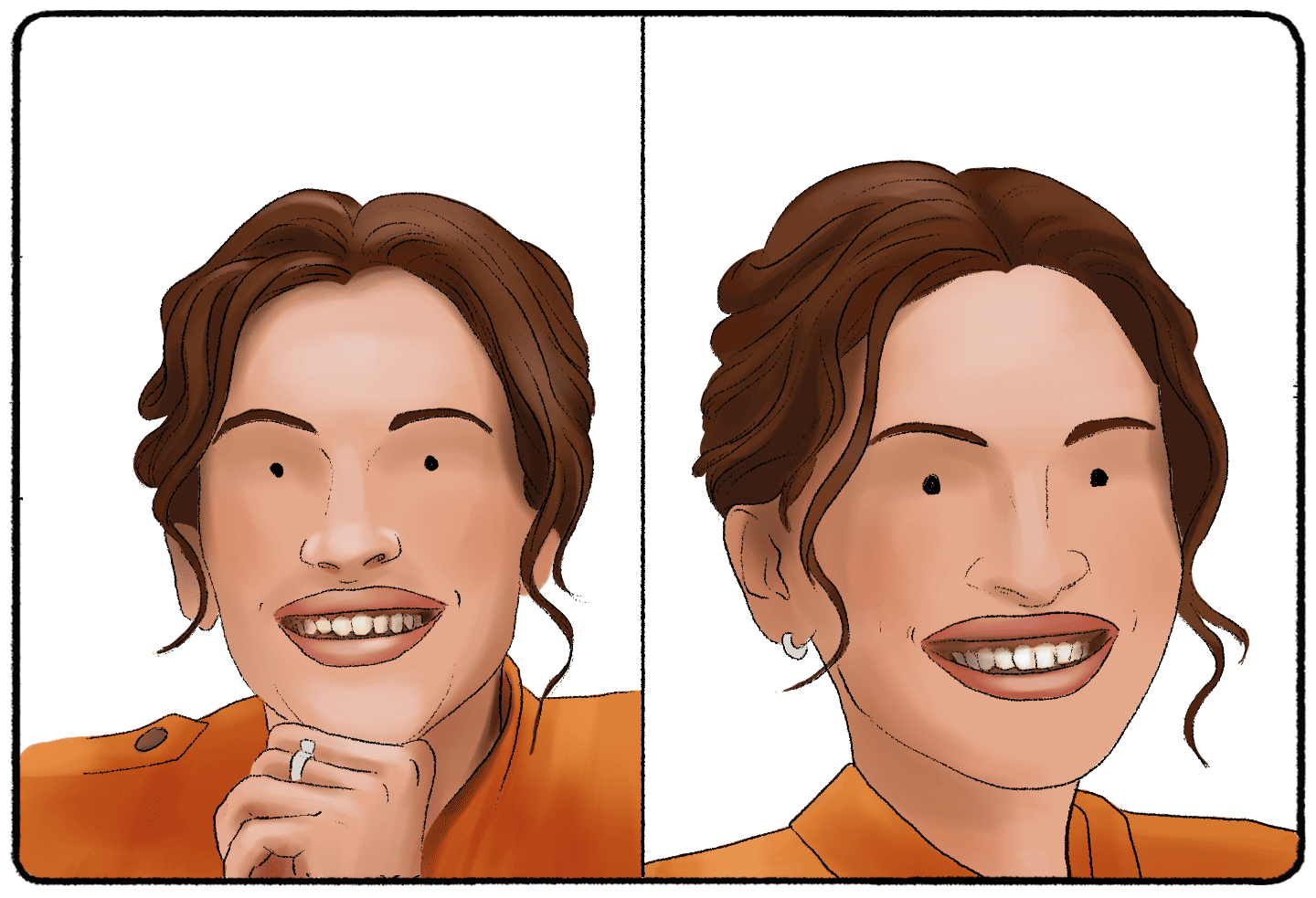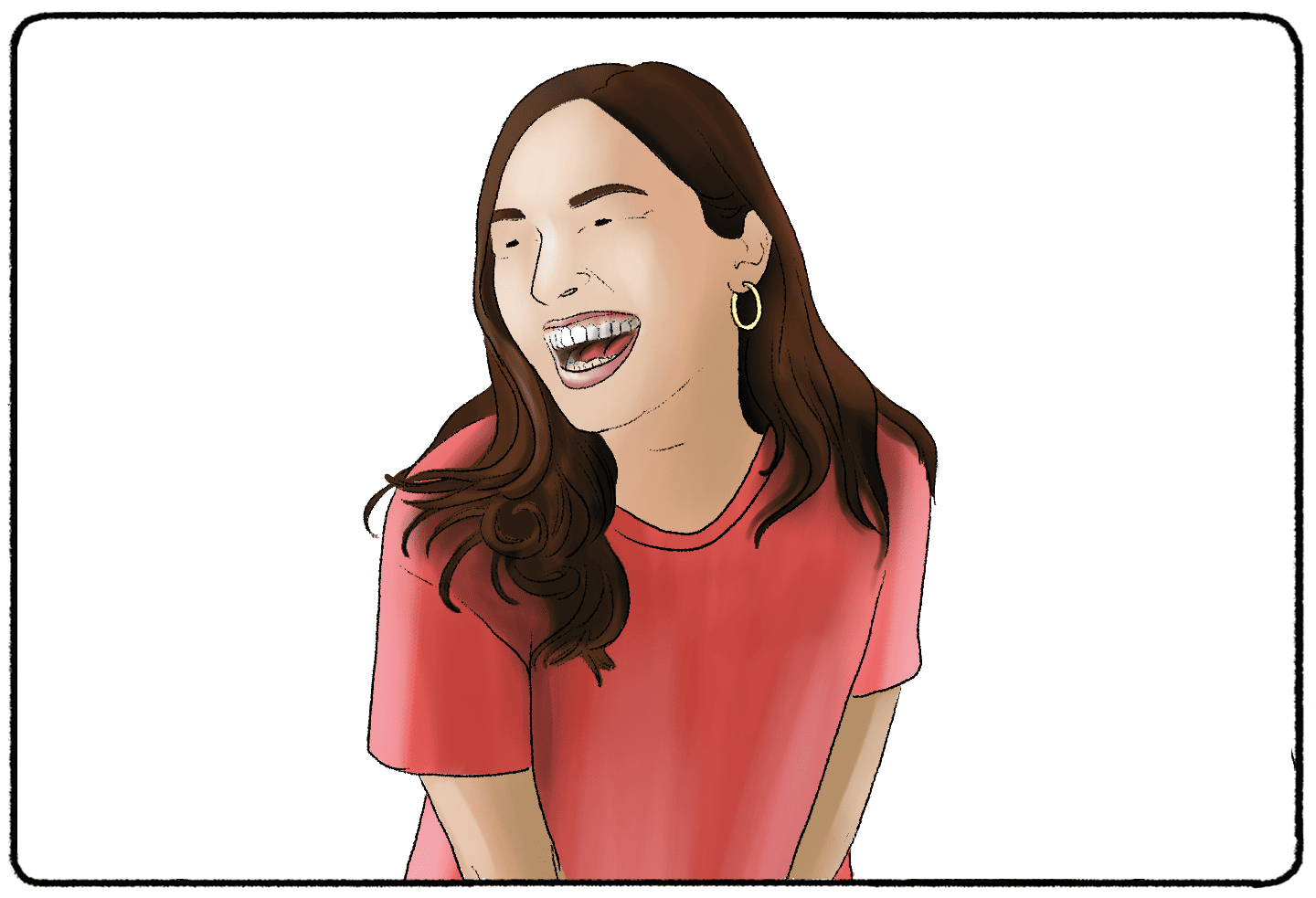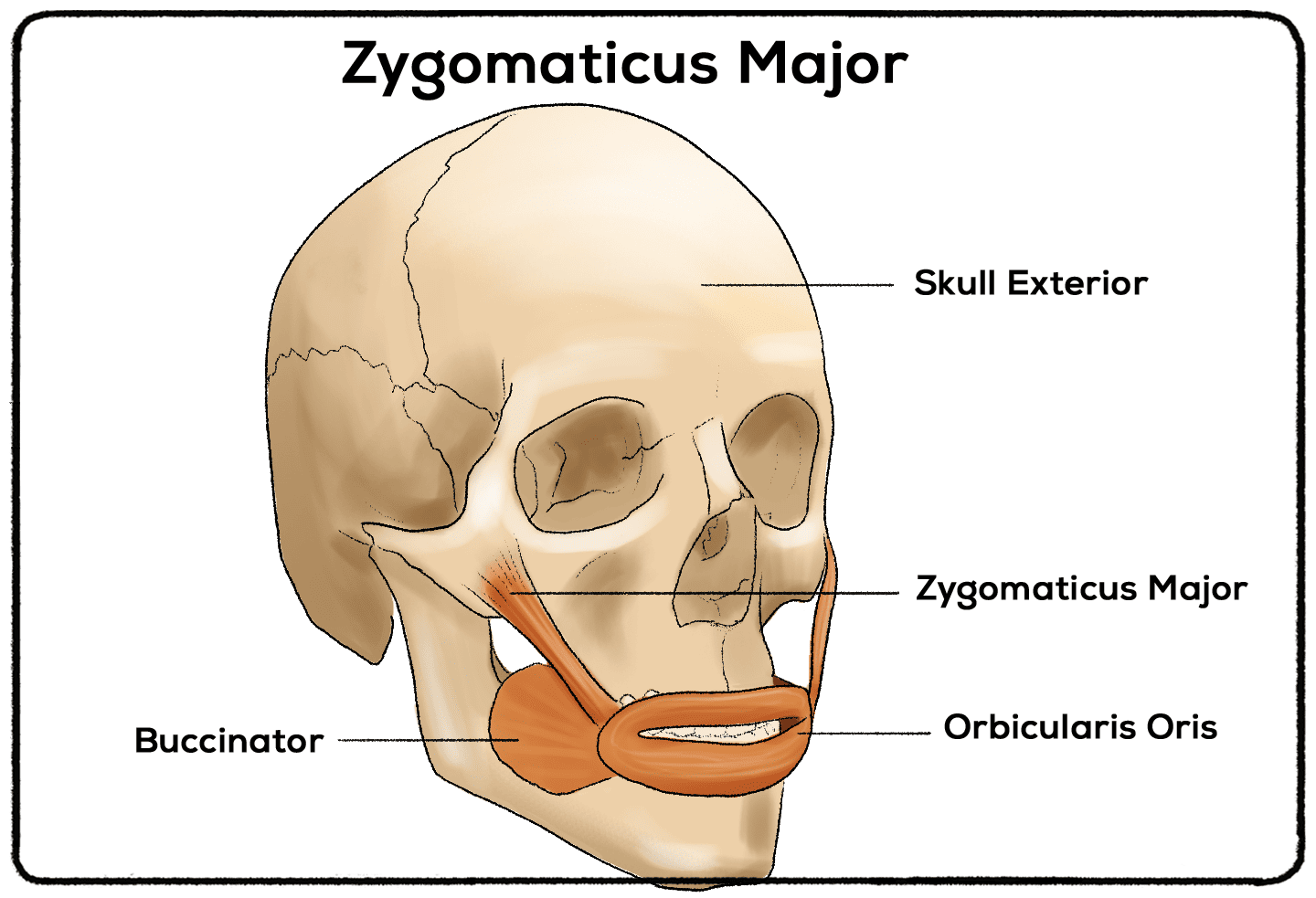Let’s say you’re at a party and make a joke to a group of people. They smile in return, but no one really laughs. Did they think the joke was funny? Are they enjoying your company? Or are they just smiling to be polite, although they’d rather be anywhere else?
If you’ve watched some of my previous videos on Microexpressions and body language, you may know how to get the answer. Experts say that you can tell if someone is genuinely smiling by the presence of “crow’s feet.” (Crow’s feet are wrinkles around the corner of someone’s eyes. It’s not exactly polite to point out whether someone has crow’s feet.)
I’m going to dive deeper into this phenomenon. This genuine smile, also known as a “Duchenne Smile,” is particularly fascinating to psychologists. It’s powerful, and bringing more of these big smiles into your life could help you more than you may know.
What Is a Duchenne Smile?
A Duchenne Smile is a smile that goes all the way up to the eyes. It involves the contraction (voluntary and involuntary) of a handful of different muscles. When you smile a Duchenne Smile, you use:
- zygomaticus major muscles (which lift the corners of your mouth to form a smile)
- orbicularis oculi muscles (which lift the cheeks and close the eyelids to form crow’s feet)

Why Is It Called a Duchenne Smile?
The Duchenne smile was named after Duchenne de Boulogne, a 19th century neurologist whose controversial methods helped him make important discoveries. For example, he was the first neurologist to perform a biopsy.
Duchenne studied nervous system disorders and muscle disorders through the use of electrotherapy. (He is considered one of the first medical professionals to use this method.) In addition to identifying these disorders, he was able to map out the muscles on the face that caused certain expressions.
Charles Darwin was the first to identify that a “Duchenne smile” involved the cheeks and eyes. Since then, many researchers have taken a close look at the power of a Duchenne smile, how it affects others, and whether or not it can be “faked.”
Power of A Duchenne Smile
A baby first learns how to smile a Duchenne smile between two and six months. Experts say that they acquire this skill through imitation and by feeling joy when they see their mother smile. In return, a baby’s smile brings out a lot of Duchenne smiles in all of us.
Smiles are contagious. But they can also influence someone’s impression of you. They can also trick you into believing that you’re happier than you are - but only when done right.
Duchenne Smiles Are a Good Predictor of Happiness
It sounds like common sense to connect a genuine smile with a happy life, right? Studies suggest that this is true. A study from 2001 analyzed the 1960 yearbook photos of 141 women. The researchers followed up with the women to assess their marriage, happiness, and overall well-being. They found that the women who genuinely smiled in their photos were more likely to lead a happier life and have a successful marriage.

Happiness and Well-Being
Crow’s feet are not the only involuntary result of a good smile. When we smile, we release endorphins, serotonin, and dopamine. These chemicals not only reduce stress but also reduce pain and regulate basic bodily functions.
Happiness and Intelligence
People don’t just connect these smiles with emotions. We also connect genuine smiles with other favorable traits. In cultures where smiling was encouraged and accepted (like the United States,) people connected Duchenne smiles with higher intelligence. Other studies suggest that a big smile is like big body language - it makes you appear more confident and important. Smiles are just as important at networking events as they are at parties!
Cool, Calm, and Collected
Smiles can also help you out when you’re not feeling so hot. A study from 2012 gave participants stressful tasks to complete. Researchers asked some of the participants to maintain a genuine smile throughout these tasks. As the participants recovered from the tasks, the researchers measured their heart rates.
The participants who maintained genuine smiles appeared to be less stressed and recovered significantly faster than the participants who were not instructed to smile.
If you’ve watched my videos about body language or affirmations, you might have heard this advice before: fake it until you make it. Even if you’re faced with a stressful task or a hard day, a genuine smile can help you turn your mood around. Try it! Look in the mirror, start smiling, and soon enough, your attempts won’t be so fake.
Can You Fake a Duchenne Smile?
We can voluntarily move the zygomaticus major muscles, but it’s not so easy to voluntarily move the orbicularis oculi muscles. This is one reason why some experts say you cannot “fake” a Duchenne smile.

Some research says otherwise. A study from 2012 showed that not only could participants fake a Duchenne smile, but some participants also had trouble differentiating between “real” Duchenne smiles and fake ones.
The study concluded that this isn’t a skill that everyone possesses. You may not be able to fake a Duchenne smile on the spot. But you could train yourself to think of happy memories or thoughts that bring out a Duchenne smile. After all, the orbicularis oculi muscles are connected to the limbic system - the part of the brain where we handle emotions and memory. The right happy memory may just get those crow’s feet going!
You Gotta Believe
If you’re rolling your eyes at the idea that you could fake a Duchenne smile and put yourself in a better mood, you’re right. If you are excited to try smiling yourself into a better mood, you can! Studies show that the intention and belief behind a fake smile will affect how it affects you. Faking a smile without believing it’s going to work is ineffective. But understanding that you can fake it until you make it will unlock a special ability to turn your mood around.



